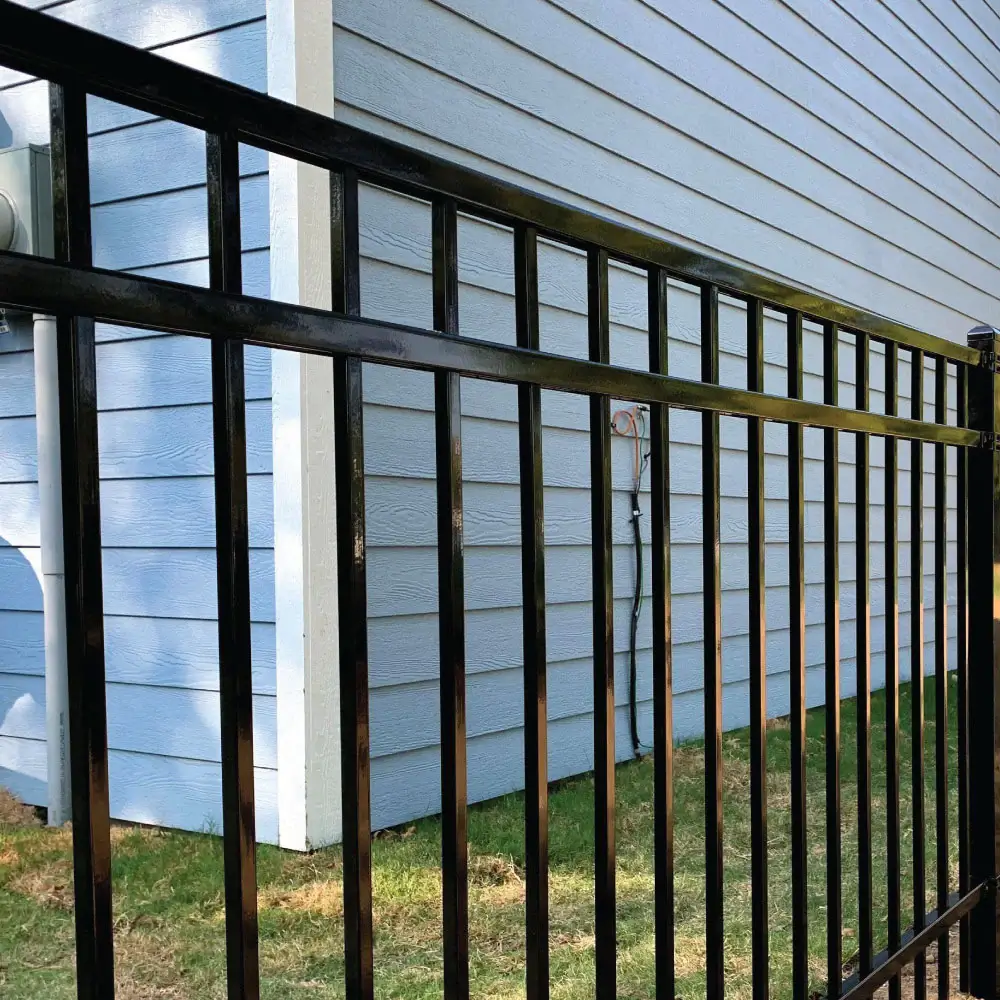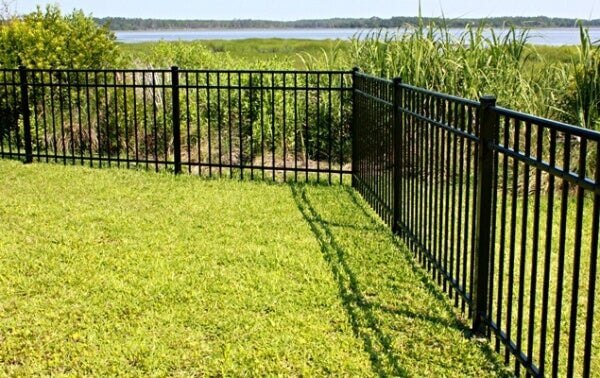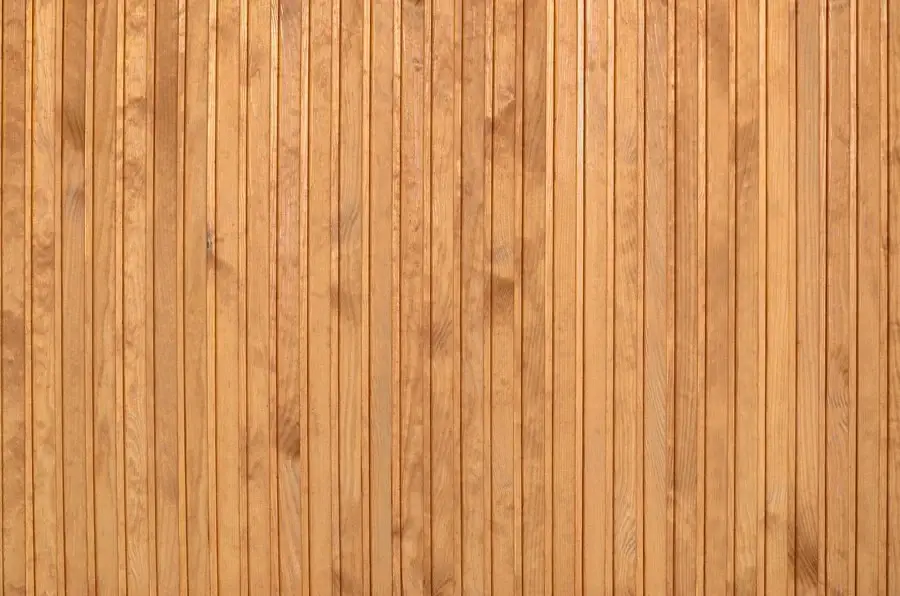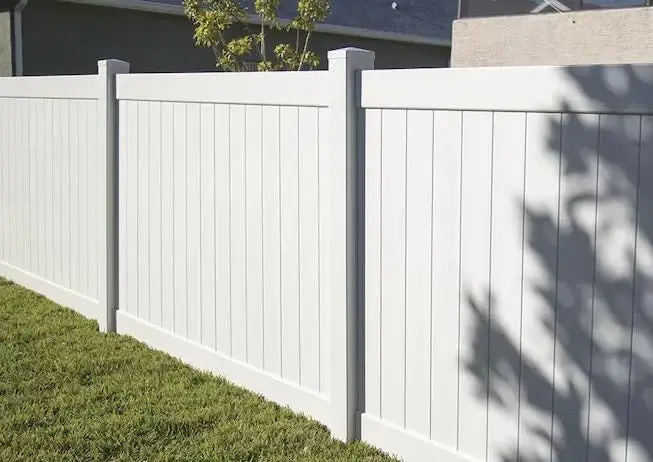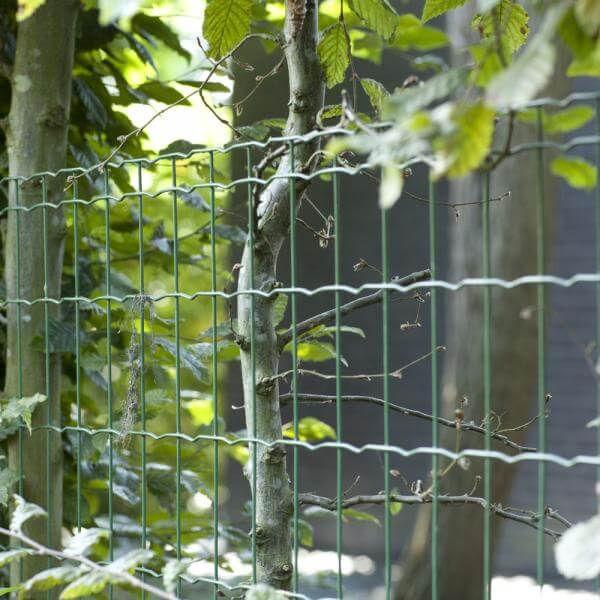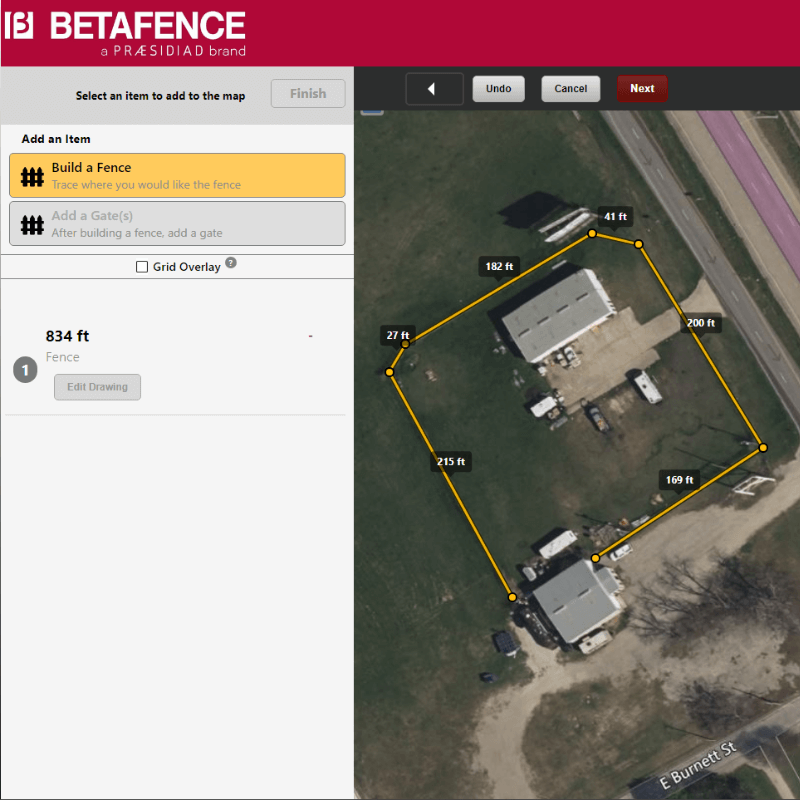Fencing comes in a variety of materials and styles such as steel, aluminum, vinyl, and wood. These materials have different applications, durability and price points, but the most obvious difference is their look.
You will likely be driven towards a fencing material and style that is popular or even required where you live and based on the environmental conditions for that area. For example, some homeowner associations (HOA’s) have guidelines dictating the type and color of fence that homeowners can install. Here’s a quick overview of the primary fencing materials available today:

